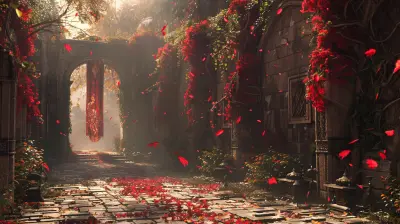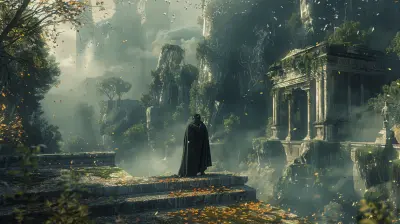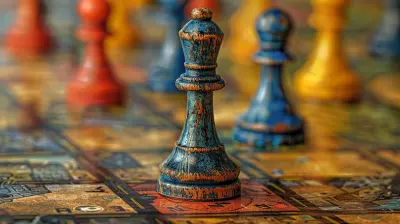Exploring Unique Art Styles in Indie Games
8 June 2025
When you think about indie games, what’s the first thing that pops into your head? Is it their quirky gameplay mechanics? Their heartfelt storytelling? Or perhaps it’s their jaw-droppingly unique art styles? If you’ve ever been captivated by a game that looks like it could hang in a museum, chances are it was an indie title. Let’s dive into the wonderful, weird, and wildly creative world of art styles in indie games and why they’re the beating heart of what makes these games so special.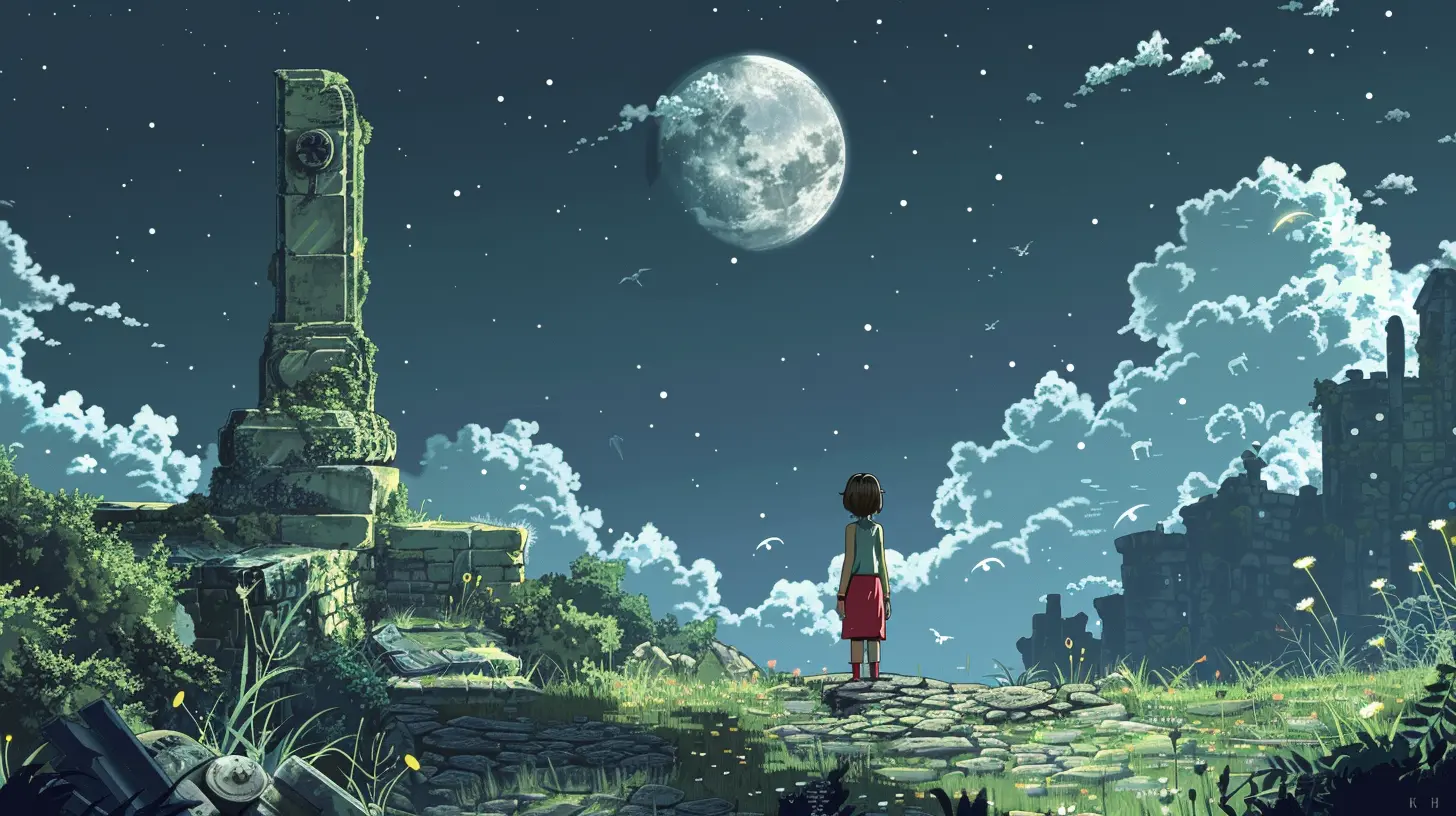
Why Art Style Matters in Gaming
Art isn’t just eye candy in video games—it’s the soul of the experience. It’s like the outfit a game wears to introduce itself. A compelling art style can set the tone, evoke emotions, and even influence gameplay. Think of it this way: would Limbo have been as haunting without its somber black-and-white visuals? Or would Hollow Knight have felt as enchanting without its hand-drawn, Tim Burton-esque charm?Indie developers, in particular, have a knack for breaking away from the cookie-cutter graphics seen in AAA titles. They use art styles to amplify their stories, create immersive worlds, or sometimes just because they can. And honestly, isn’t that what makes them so fun to root for?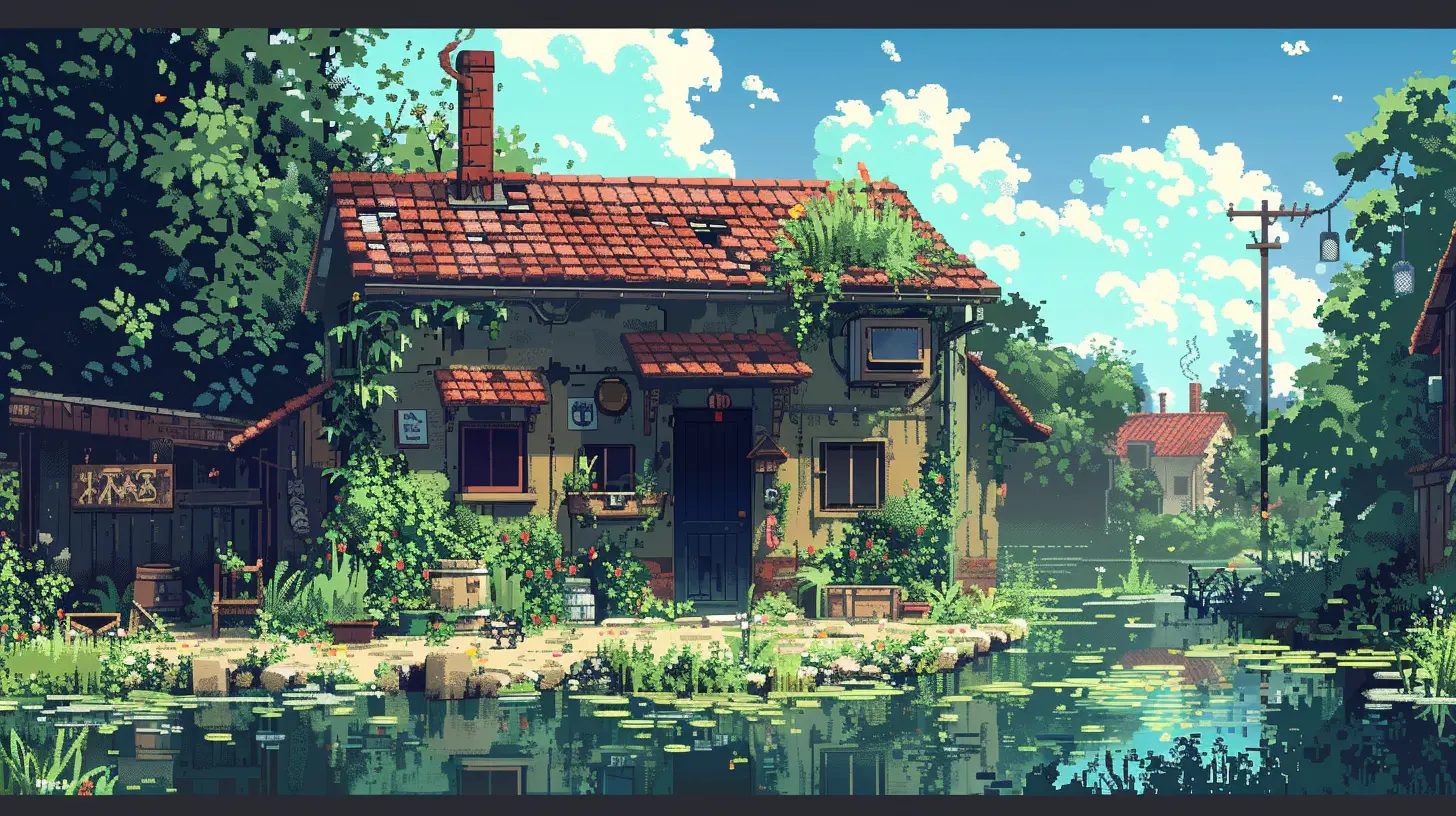
The Charm of Hand-Drawn Art
Let’s start with hand-drawn art styles—arguably the bread and butter of the indie game world. There’s something inherently personal about a game that looks like it was sketched and colored by an actual human being, one pencil stroke at a time. It feels intimate, like peeking into an artist’s sketchbook brought to life.Take Cuphead, for instance. Its 1930s rubber hose animation is more than a nod to classic cartoons; it’s an identity. Every frame feels alive, brimming with nostalgia while simultaneously pushing the boundaries of what we expect from game visuals. The meticulous attention to detail in Cuphead is the kind of magic that makes you want to pause mid-boss fight (you know, if the boss wasn’t trying to obliterate you) just to admire the artwork.
And then there’s Hollow Knight, the love letter to gothic design. Its hand-drawn environments are teeming with emotion, from the eerie luminescence of Greenpath to the melancholic ruins of the Forgotten Crossroads. Every brushstroke feels purposeful, pulling you deeper into its moody, bug-filled world.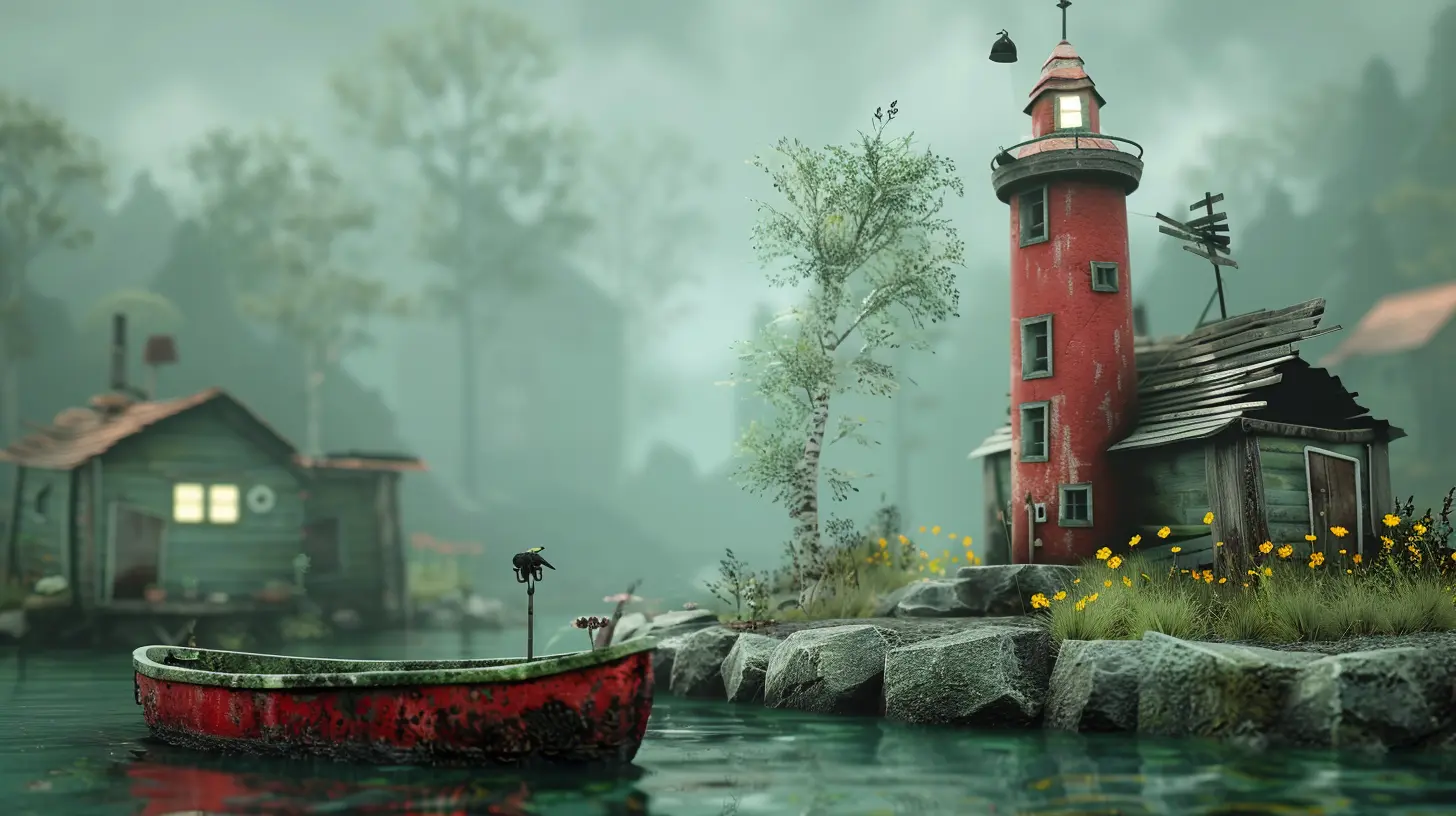
Pixel Art: A Nostalgic Yet Innovative Medium
Pixel art is like the indie gaming equivalent of a classic rock record—it never goes out of style. But don’t let its retro vibes fool you. Pixel art has evolved into a form that’s as much about innovation as it is about nostalgia.Take Stardew Valley. On the surface, it looks like it could be a long-lost Super Nintendo game. But the beauty is in the details: the way the seasons change, the subtle animations of crops swaying in the wind, or the way the colors shift to match the mood of your day. It’s like pixel art, but elevated.
Meanwhile, you’ve got titles like Hyper Light Drifter, which use pixel art as a canvas for high-concept design. Its neon-soaked landscapes and atmospheric lighting make it feel like stepping into a fever dream. It’s pixel art, sure, but it’s pixel art that dares to be bold, dramatic, and modern.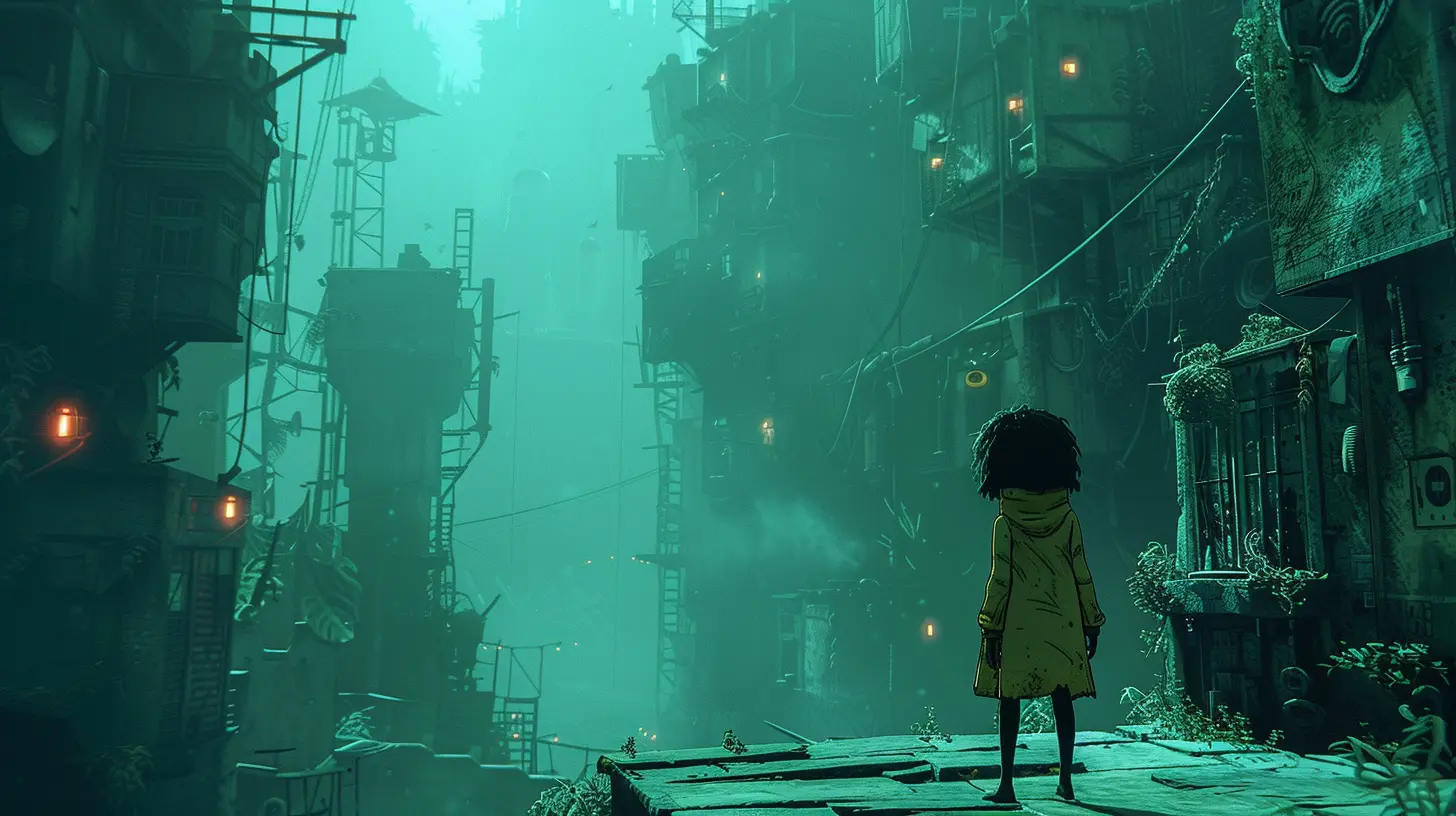
Minimalism: Less Is Sometimes More
Not every game needs to bombard you with details. Sometimes, a minimalist art style can speak louder than the most intricate designs. Minimalism in indie games is like a beautifully simple melody—it resonates because of what it doesn’t say.Look at Thomas Was Alone. It’s literally just colored rectangles navigating through a stark world, but boy, does it pack an emotional punch. The simplicity of the design lets you focus on the narration and storytelling, proving that art doesn’t need to be flashy to leave an impact.
Another standout is Journey. With its sand-swept landscapes and soft color palettes, it feels almost meditative. Every frame is like a painting, yet there’s a quiet restraint that lets the atmosphere do all the talking. It’s a reminder that sometimes, less truly is more.
Experimental and Abstract Styles: Where Creativity Knows No Bounds
Indie games are often playgrounds for the bizarre and the abstract, and honestly, we wouldn’t have it any other way. Developers aren’t afraid to color outside the lines—heck, sometimes they ditch the lines altogether.Case in point: GRIS. This visually stunning game feels like playing through a watercolor dream. Its evolving color palette mirrors the emotional journey of its protagonist, creating an experience that’s as much about feeling as it is about playing. You could pause the game at any moment and frame the screen on your wall, it’s that beautiful.
Then there’s Return of the Obra Dinn, which uses a 1-bit monochromatic art style. Yes, you read that right: 1-bit. It’s like stepping into an old Macintosh game, but somehow it works, lending the perfect eerie vibe to its murder-mystery narrative. It’s proof that constraints can breed creativity.
Quirkiness Meets Personality
Let’s not forget the downright quirky art styles that scream indie. These are the games that march to the beat of their own drum, embracing the weird and the wonderful.Think of Untitled Goose Game. Its clean, storybook-like visuals are as charming as its mischievous goose protagonist. The simplicity of the art style makes the chaos you cause as a goose all the more hilarious.
Or take Don’t Starve. Its creepy, sketchy Tim Burton aesthetic doesn’t just set the tone—it is the tone. The twisted, macabre visuals make every encounter with the game’s horrifying creatures that much more unsettling.
Why Are Indie Art Styles So… Unique?
So, what’s the secret sauce? Why do indie games consistently knock it out of the park when it comes to art direction, while many big-budget titles play it safe?A big part of it is freedom. Indie developers don’t have shareholders breathing down their necks or marketing teams telling them what’s “on-brand.” They can take risks. They can be weird. They can create something not everyone will “get,” knowing that the people who do get it will love it all the more.
Another reason is budget. Believe it or not, having less money can sometimes spark more creativity. When you’re working with limited resources, you’re forced to think outside the box and rely on artistic ingenuity rather than sheer technological horsepower.
And finally, it’s passion. Most indie developers pour their hearts and souls into their games. They’re not just making a product to sell; they’re creating something deeply personal. And you can see that love in every frame, every pixel, and every quirky design choice.
Final Thoughts: A Celebration of Creativity
Indie games have proven time and again that they’re the trailblazers of the gaming world, and their art styles are no exception. Whether it’s the hand-drawn beauty of Hollow Knight, the nostalgic charm of Stardew Valley, or the abstract brilliance of GRIS, indie games remind us that art and creativity have no limits.So the next time you fire up an indie game, take a moment to soak it all in. Appreciate the love, care, and sheer artistry poured into every visual detail. Indie games don’t just entertain—they inspire.
all images in this post were generated using AI tools
Category:
Indie GamesAuthor:

Luke Baker
Discussion
rate this article
2 comments
Tristan Coleman
This article beautifully highlights the creativity in indie games. The diverse art styles not only enhance storytelling but also provide a fresh perspective on gaming. It's inspiring to see such innovation and passion in the indie development community!
June 15, 2025 at 3:51 AM

Luke Baker
Thank you for your thoughtful comment! I'm glad you appreciated the creativity and innovation within the indie game community. Their unique art styles truly elevate storytelling and offer new perspectives in gaming.
Maris Coffey
This article beautifully highlights how indie games use distinct art styles to enhance storytelling and player experiences, showcasing creativity and innovation in the gaming industry.
June 14, 2025 at 3:22 PM

Luke Baker
Thank you! I'm glad you appreciated the exploration of art styles in indie games and their impact on storytelling and player engagement.
